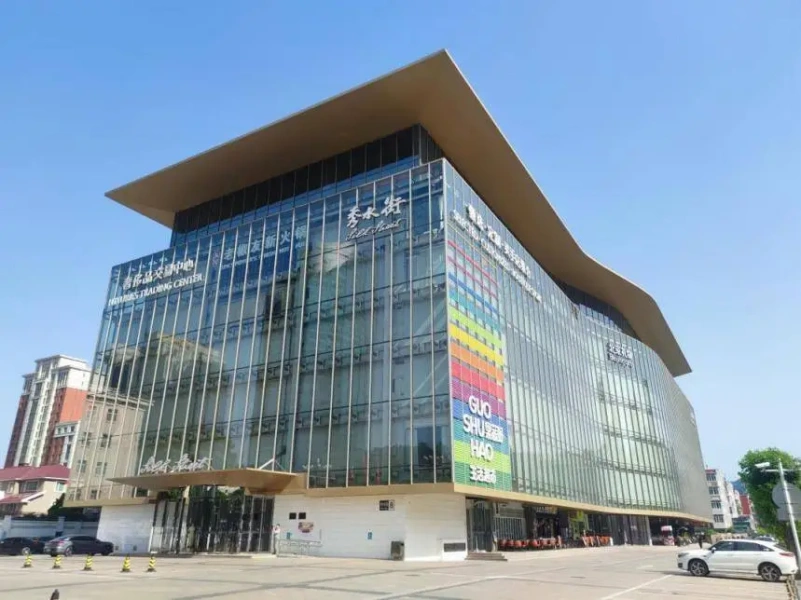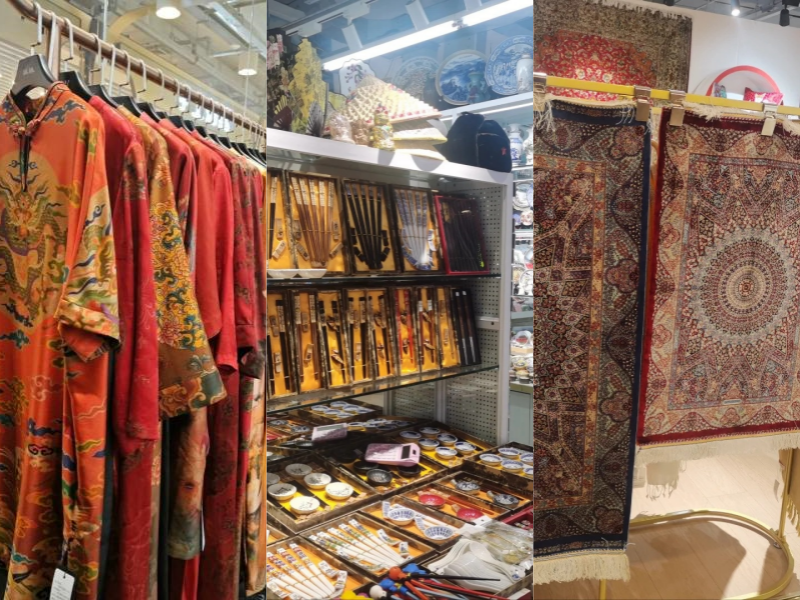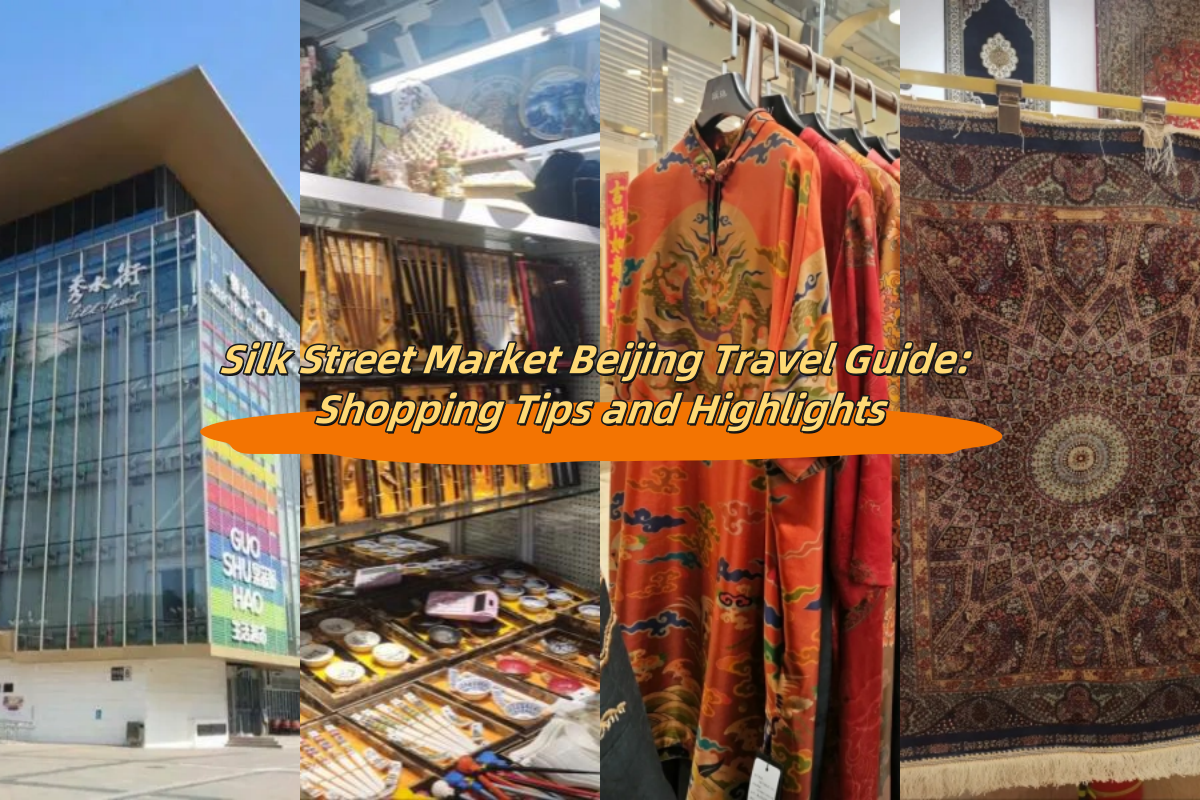Hello travelers! I’m Michael Zhang, a passionate Chinese travel enthusiast with extensive international travel experience. I love exploring places where history and culture intersect. Today, I’m excited to introduce you to Silk Street Market Beijing, one of the city’s most iconic shopping landmarks. Whether you’re looking to experience authentic Beijing culture or hunt for unique souvenirs, this guide will help you navigate Silk Street Market with ease.
Summary
- Introduction to Silk Street Market
- The History of Silk Street Market
- What Can You Buy at Silk Street Market?
- How to Bargain at Silk Street Market
- How to Get to Silk Street Market Beijing from Downtown Beijing
- How to Get to Silk Street Market Beijing from Beijing Capital International Airport
- How to Get to Silk Street Market Beijing from Beijing Daxing International Airport
Introduction to Silk Street Market
Located along the extension of Chang’an Avenue, Silk Street Market Beijing sits close to the bustling International CBD area. With its prime location and convenient transportation, it is as renowned as the Great Wall and Forbidden City, making it one of China’s most influential international shopping destinations.
- Address: No. 8 Xiushui East Street, Chaoyang District, Beijing
- Opening Hours: 9:00 AM – 9:00 PM
- Suggested Visiting Time: 2-3 hours
- Best Seasons to Visit: All year round
- Admission: Free (no entrance fee)

The History of Silk Street Market
Silk Street Market began as a modest collection of stalls in 1978, nestled among embassies and diplomatic apartments. Initially, the market struggled with low demand due to the sparse local population. However, over the years, it has transformed into a bustling “grassroots trading center” that attracts international tourists and shoppers.
Economists have even dubbed it the “21st-century Qingming Riverside Scene” shaped by China’s reform and opening-up policies. Today, visiting Silk Street Market has become as essential as climbing the Great Wall, touring the Forbidden City, or savoring Peking Duck.
What Can You Buy at Silk Street Market?
Silk Street Market offers a wide variety of goods, organized across different floors:
- B1 Level: Shoes, bags, and leather care products – perfect for finding unique footwear and accessories.
- 1st Floor: Men’s and women’s clothing, sportswear, plus cafes and snack bars for a quick break.
- 2nd Floor: High-end fashion, original designs, and clothing featuring Chinese cultural elements.
- 3rd Floor: Tailored clothing, home textiles, kids’ toys – ideal for custom-made apparel or home décor.
- 4th Floor: Handicrafts, including porcelain, snuff bottles, seals, fans, and dolls – great for finding traditional souvenirs.
- 5th Floor: Premium custom clothing and gifts, often featuring exquisite craftsmanship and unique designs.
- 6th Floor: Dining area – offering a variety of restaurants and food options for relaxation and meals.

How to Bargain at Silk Street Market
Bargaining is an art at Silk Street Market, especially on the first and second floors. Here are some tried-and-true tips for scoring the best deals:
- Go Bold with Bargaining: Don’t be shy! For example, if an item is marked at 950 RMB, you can confidently offer 250 RMB. Significant price reductions are common here.
- Use a Calculator: Showing your calculations on a calculator demonstrates that you’re serious about the price, encouraging sellers to accept your offer.
- Walk Away Strategy: If the seller doesn’t agree to your price, pretend to leave the shop. Often, this tactic will prompt the seller to lower the price to keep your business.
- Compare Prices: Let the seller know you’ve seen similar items elsewhere for a lower price. This competitive pressure can encourage them to meet your desired price.
How to Get to Silk Street Market Beijing from Downtown Beijing
By Subway
The most convenient way to reach Silk Street Market Beijing from downtown is by taking the Subway Line 1. Get off at Yong’anli Station and exit through Exit A. From there, it’s just a 5-minute walk to the market.
By Bus
If you prefer taking a bus, the following routes will take you to Silk Street Market:
- Bus 28, 120, 126, and 403 all stop at Yong’anli Station. From the bus stop, it’s a quick 5-minute walk to the market.
By Taxi/Ride-Hailing Service
Taking a taxi or ride-hailing service like Didi is a comfortable and efficient option.
- Cost: Approximately 20-40 RMB (depending on the starting point).
- Destination: Input “Silk Street Market” as the destination on your ride-hailing app.
How to Get to Silk Street Market Beijing from Beijing Capital International Airport
By Subway
From Beijing Capital International Airport, you can take the following subway route:
- Board the Airport Express Line and get off at Sanyuanqiao Station.
- Transfer to Subway Line 10 and ride to Guomao Station.
- From Guomao, switch to Subway Line 1 and get off at Yong’anli Station. Exit through Exit A, and Silk Street Market is just a 5-minute walk away.
- Total Duration: Approximately 1 hour 15 minutes
- Cost: Around 30 RMB
By Taxi/Ride-Hailing Service
The fastest way to get to Silk Street Market is by taking a taxi or booking a ride-hailing service.
- Travel Time: Approximately 40-60 minutes (depending on traffic).
- Cost: About 100-150 RMB.
How to Get to Silk Street Market Beijing from Beijing Daxing International Airport
By Subway
From Beijing Daxing International Airport, take the following route:
- Board the Daxing Airport Express Line and get off at Caoqiao Station.
- Transfer to Subway Line 10 and ride to Guomao Station.
- At Guomao, switch to Subway Line 1 and get off at Yong’anli Station. Exit through Exit A, and Silk Street Market is a short 5-minute walk away.
- Total Duration: Approximately 1.5 hours
- Cost: Around 40 RMB
By Taxi/Ride-Hailing Service
Taxis or ride-hailing services provide the most direct and comfortable transportation.
- Travel Time: About 1 hour (depending on traffic conditions).
- Cost: Approximately 150-200 RMB.
Essential Beijing Travel Resources
- Comprehensive Beijing Travel Guide 📖
- Beijing Travel Recommendations 🏙️
- Hotel Recommendations 🏨
- Transportation Guides ✈️ 🚇 🚄 🚆
- Essential Travel Tips & Tools 🗺️ 🍜 📱 💸 🌤️ 💊

 English (US)
English (US)  English (Hong Kong)
English (Hong Kong)  English (Malaysia)
English (Malaysia)  English (Singapore)
English (Singapore)  繁體中文
繁體中文 
Comment (0)